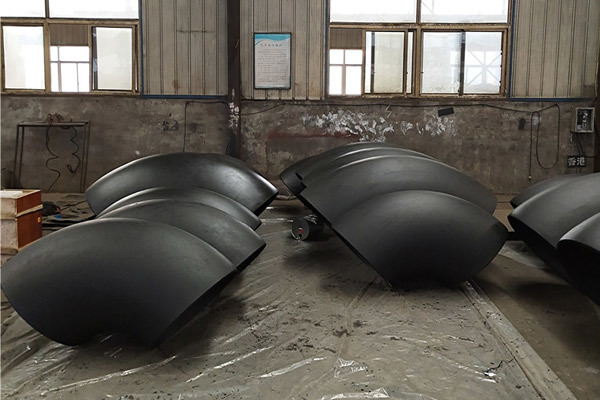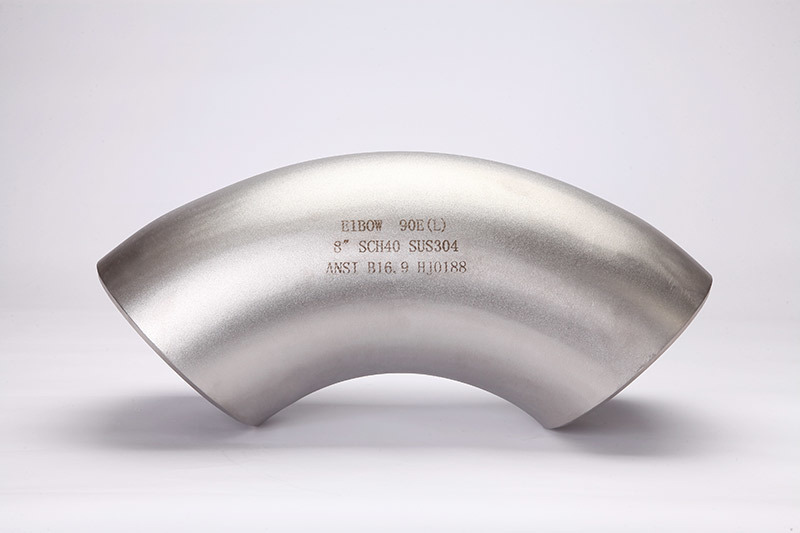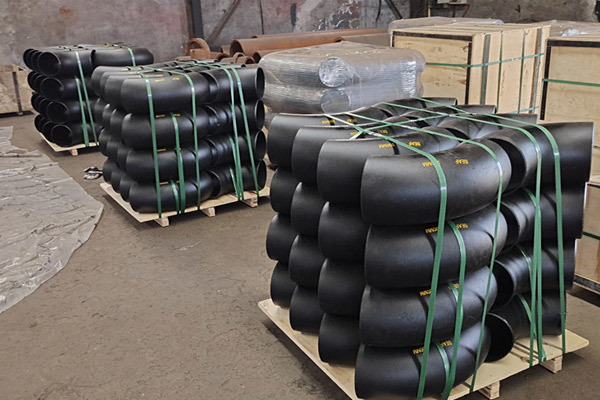Knife Gate Valves: An In-Depth Guide for Engineers
Release time:
2025-11-02
Knife Gate Valves: An In-Depth Guide for Engineers Table of Contents 1. Introduction to Knife Gate Valves 2. Design Features of Knife Gate Valves 3. How Knife Gate Valves Work 4. Applications of Knife Gate Valves 5. Advantages of Using Knife Gate Valves 6. Maintenance and Troubleshooting 7. Installation Guidelines for Knife Gate Valves 8. Conclusion 9. Frequent
Knife Gate Valves: An In-Depth Guide for Engineers
Table of Contents
- 1. Introduction to Knife Gate Valves
- 2. Design Features of Knife Gate Valves
- 3. How Knife Gate Valves Work
- 4. Applications of Knife Gate Valves
- 5. Advantages of Using Knife Gate Valves
- 6. Maintenance and Troubleshooting
- 7. Installation Guidelines for Knife Gate Valves
- 8. Conclusion
- 9. Frequently Asked Questions
1. Introduction to Knife Gate Valves
Knife gate valves are specialized valves widely used in various industrial applications to control the flow of liquids and slurries. Their unique design features a sharp, knife-like blade that cuts through fluids, making them ideal for handling thick, viscous, and abrasive materials. Unlike traditional valves, knife gate valves are particularly effective in applications where a tight seal is crucial to prevent leaks and maintain operational efficiency.
In this article, we will explore the design, functionality, applications, and advantages of knife gate valves, providing engineers with the necessary knowledge to select and implement these essential components in industrial processes.
2. Design Features of Knife Gate Valves
Knife gate valves come with several design features that set them apart from other valve types. Understanding these attributes is critical for engineers when selecting the right valve for a specific application.
2.1 Blade Design
The blade of a knife gate valve is typically made from high-strength materials, such as stainless steel or carbon steel, designed to withstand harsh conditions. The sharp edge allows the valve to slice through the media, providing a reliable shut-off.
2.2 Body Construction
Knife gate valves are available in various body types, including wafer, lug, and flanged configurations. The choice of body type impacts the installation process and the valve's compatibility with existing piping systems.
2.3 Sealing Mechanism
The sealing mechanism of a knife gate valve is critical for preventing leaks. Many designs utilize elastomeric seals or metal-to-metal sealing surfaces, ensuring a secure closure when the valve is in the off position.
2.4 Actuation Options
Knife gate valves can be operated manually or automatically, depending on the application. Electric or pneumatic actuators can enhance operational efficiency by allowing remote control and automation of the valve's function.
3. How Knife Gate Valves Work
Knife gate valves operate using a straightforward mechanism involving the lifting and lowering of the blade. When the valve is opened, the blade retracts into the valve body, allowing the fluid to flow freely. Conversely, lowering the blade closes the valve, effectively cutting off the flow.
3.1 Operating Mechanism
The operation can be manually controlled through a handwheel or automated using an actuator connected to a control system. This versatility makes knife gate valves suitable for various industrial applications.
3.2 Flow Control
Knife gate valves excel in applications requiring precise flow control. The ability to fully open or close the valve ensures minimal pressure drop across the valve, maintaining system efficiency.
4. Applications of Knife Gate Valves
Knife gate valves are utilized in a wide range of industries due to their robust design and functionality. Some common applications include:
4.1 Wastewater Treatment
In wastewater treatment facilities, knife gate valves are used to control the flow of sludge and effluent. Their ability to handle abrasive materials makes them ideal for this application.
4.2 Mining and Mineral Processing
The mining industry relies on knife gate valves for slurry transport and mineral processing. Their capacity to withstand harsh environments and corrosive materials is crucial in this sector.
4.3 Pulp and Paper Industry
In pulp and paper manufacturing, knife gate valves manage the flow of thick pulp and chemicals. They play a vital role in ensuring smooth operations and preventing leaks.
4.4 Food and Beverage Industry
Knife gate valves are also employed in the food and beverage sector to control the flow of viscous liquids and slurries, ensuring hygiene and compliance with industry standards.
5. Advantages of Using Knife Gate Valves
Choosing knife gate valves for industrial applications offers several advantages:
5.1 High Efficiency
Their design allows for minimal fluid resistance, reducing the energy required for pumping fluids through the system. This efficiency translates into cost savings for operators.
5.2 Durable Construction
Knife gate valves are built to withstand extreme conditions, including high pressures and temperatures. Their robust construction ensures a long service life and reduced maintenance costs.
5.3 Versatility
The various designs and configurations available make knife gate valves suitable for a wide array of applications. This adaptability allows for easy integration into different systems.
5.4 Effective Flow Control
The ability to achieve a tight seal prevents leaks and minimizes product loss, contributing to overall operational efficiency.
6. Maintenance and Troubleshooting
Regular maintenance is crucial for the optimal performance of knife gate valves. Engineers should implement a routine inspection schedule to identify potential issues before they escalate.
6.1 Inspection Frequency
Valves should be inspected regularly for signs of wear, corrosion, or damage. The frequency of inspections may vary based on the valve's application and operating conditions.
6.2 Common Issues and Solutions
Some common problems include leaking seals, blade misalignment, and actuator failure. Addressing these issues promptly can prevent further damage and ensure continued reliability.
6.3 Lubrication
Regular lubrication of moving parts, especially in actuators, is essential for smooth operation and longevity. Engineers should adhere to manufacturer recommendations for lubrication intervals and types.
7. Installation Guidelines for Knife Gate Valves
Proper installation is key to the performance and longevity of knife gate valves. Following best practices ensures successful integration into existing systems.
7.1 Pre-Installation Checks
Before installation, engineers should verify that the valve is appropriate for the application and compatible with existing piping. Physical inspections for damage during shipping are essential.
7.2 Alignment and Support
During installation, alignment with the piping system is critical. Misalignment can cause undue stress on the valve and affect its performance. Proper support must be provided to maintain alignment.
7.3 Testing After Installation
Post-installation testing is necessary to confirm that the valve operates as intended. Engineers should check for leaks and ensure the valve opens and closes smoothly.
8. Conclusion
Knife gate valves are a vital component in various industrial applications, offering unique design features that enhance their functionality and efficiency. By understanding their design, operation, and advantages, engineers can make informed decisions when selecting and implementing these valves in their systems. Regular maintenance and proper installation practices ensure the longevity and reliability of knife gate valves, contributing to the overall success of industrial processes.
9. Frequently Asked Questions
9.1 What is the primary function of a knife gate valve?
The primary function of a knife gate valve is to control fluid flow by utilizing a sharp blade that cuts through the liquid or slurry. This design allows for efficient shut-off and precise flow control.
9.2 In what industries are knife gate valves commonly used?
Knife gate valves are commonly used in industries such as wastewater treatment, mining, pulp and paper, food and beverage, and chemical processing, among others.
9.3 How do I maintain a knife gate valve?
Regular inspections, lubrication of moving parts, and prompt attention to any signs of wear or damage are essential for maintaining knife gate valves.
9.4 Can knife gate valves handle high-pressure applications?
Yes, knife gate valves are designed to withstand high-pressure applications, making them suitable for a variety of industrial uses.
9.5 What should I consider when selecting a knife gate valve?
When selecting a knife gate valve, consider factors such as the media to be handled, pressure and temperature conditions, valve size, and compatibility with existing piping systems.
By understanding the intricacies and benefits of knife gate valves, engineers can enhance their expertise and contribute to the efficiency and reliability of industrial applications.
Key words:
Related News







